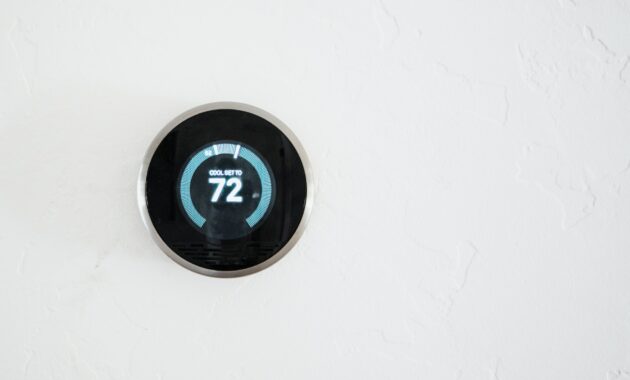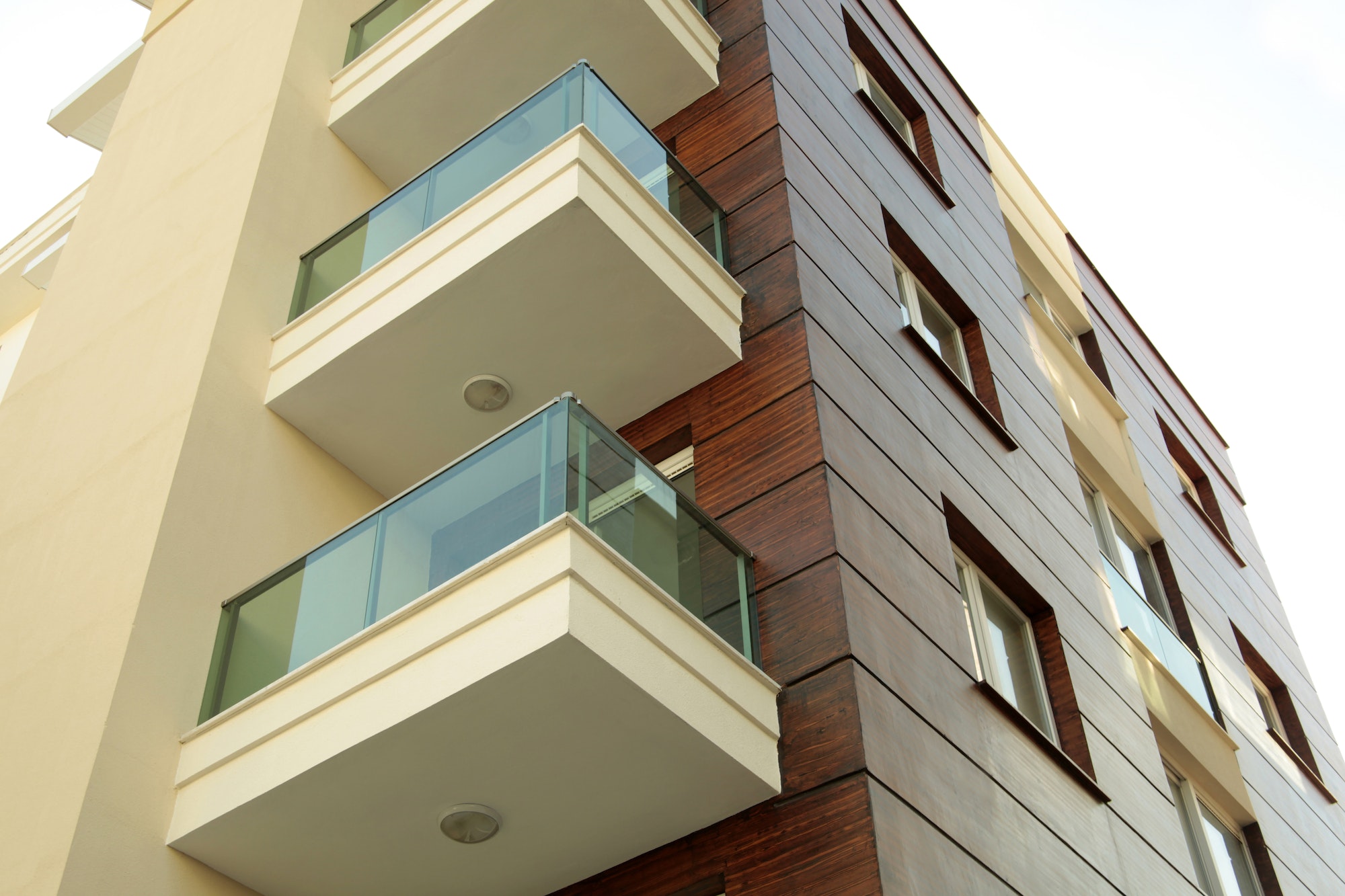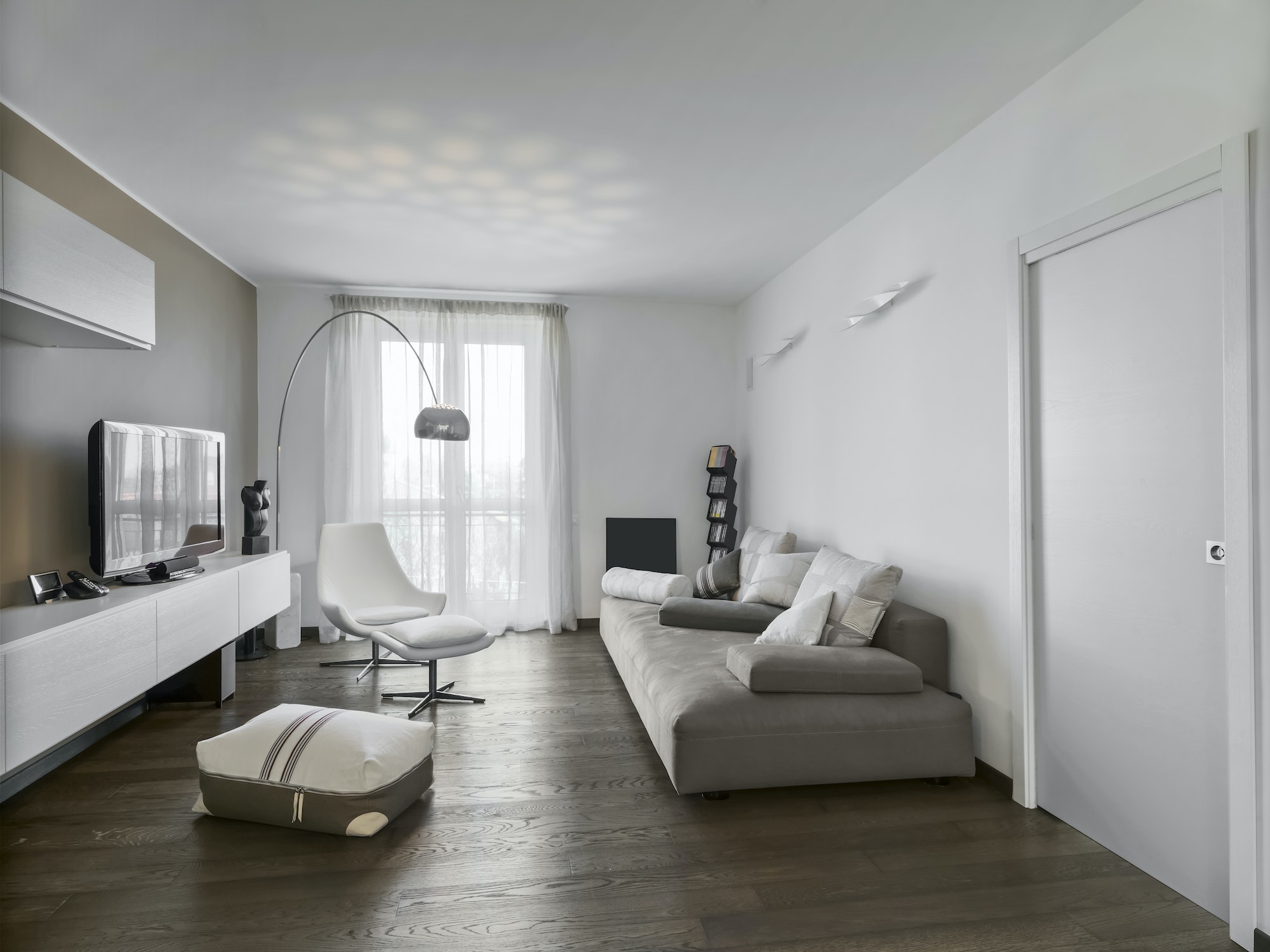If you have an attic in your home, it could be hiding a secret that’s driving up your utility bills. Attic insulation is an important part of keeping your home comfortable and energy efficient. A poorly insulated attic can allow heat to escape your home and cause a variety of problems. Check out these signs of poor attic insulation and how to take care of it to reduce energy wastage and prevent other issues.
High Energy Bills
High energy bills are often one of the signs of a poorly insulated attic. Poor insulation in the attic can lead to a large amount of heat escaping through the roof, which can have a significant impact on energy bills. Heat rises and will escape through even the smallest gaps in the attic’s insulation. Without proper insulation, the air inside the attic will be much warmer than the air outside, causing it to rise and escape through any available opening. This can cause energy bills to skyrocket, as the home needs to use more energy to keep the inside temperature at a comfortable level. If you notice your energy bills continually rising during seasonal temperature changes, the insulation in your attic could be to blame. Given that your HVAC can account for as much as 12 percent of your annual energy costs, it’s imperative that you correct any efficiency issues with your insulation.
Uncomfortable Indoor Temperatures

When your attic insulation is inadequate, it will not be able to keep the cold air outside and the warm air inside properly. This will result in a wide range of temperature issues. One of the most common signs of a poorly insulated attic is uncomfortable indoor temperatures. Your house will feel either too hot or too cold, depending on the weather outside. This is often caused by air leakage, where air leaks in from the attic and temperature-controlled air escape from the living space.
If you suspect that your attic might be poorly insulated, it’s important to have an energy audit performed. During an energy audit, an expert will come to your house and inspect the attic insulation and other factors that can affect indoor temperature. An energy audit can help you identify any problems and recommend the best course of action to improve your home’s insulation. By taking the time to insulate your attic properly, you can improve your home’s energy efficiency and enjoy more comfortable indoor temperatures.
Excessive Attic Moisture
One of the most common signs of a poorly insulated attic is excessive moisture. Attic insulation helps to prevent moisture from accumulating in the attic space, which can lead to a number of issues. High humidity levels in the attic can cause condensation to occur on cold surfaces, leading to the growth of mold and mildew. Excess moisture can also cause wood to rot, resulting in structural damage to the roof, walls, and ceilings. Additionally, moisture can attract a variety of pests, including carpenter ants, termites, and rodents.
In order to prevent excessive moisture in an attic, proper insulation should be installed. Insulation helps to keep the temperature in the attic consistent so that cold air does not condense on surfaces. Additionally, it acts as a barrier between the attic and the outside air, preventing moisture from entering the space. In cases where the attic is already exhibiting signs of excessive moisture, it is important to identify the source of the problem and take the necessary steps to address it. This could include installing a vapor barrier, sealing any gaps around windows and doors, and ventilating the attic to reduce humidity. By taking these steps, you can ensure that their attic remains dry and free from pests.
Overall, improving poorly insulated attics is an important and effective way to reduce energy costs, increase energy efficiency, and improve comfort in a home. The attic is an area of the home that often gets neglected when it comes to insulation, but making sure the attic is properly insulated can have numerous positive impacts on the home.
Discover more from Futurist Architecture
Subscribe to get the latest posts sent to your email.



